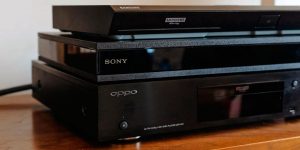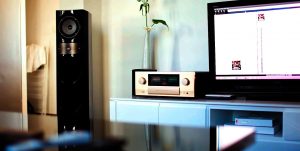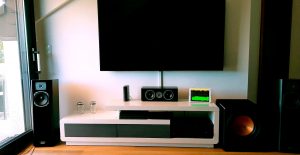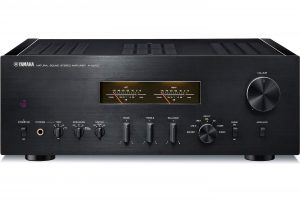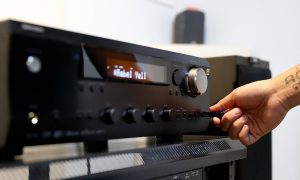Dolby Atmos is a new generation of technology developed by Dolby Laboratories, designed to produce surround sound. It was first used in some cinemas in 2012 during the screening of the film ‘Braveheart’ and is currently already being used in several hundred cinemas. Now more than 100 films have a soundtrack recorded in Dolby Atmos.
The biggest competitor of Atmos is DTS:X. Both of them are widely used for home theaters. Most receivers that can be found on the market now are able to work with such a system. Moreover, the Atmos technology is also found in big commercial cinemas since it can operate with up to 400 speakers simultaneously.
Reasons to use Dolby Atmos
An example of how Dolby Atmos works can be the case when the characters of the film react to a sound whose source is on the side and outside the picture. When using a traditional audio system, it will seem to the audience that the sound source is to the right or to the left from them. However, in the Dolby Atmos system, the sound will be tied to the objects on the screen, and the audience will have the feeling that the sound source is in front of them, but on the side of the screen (that is, on the side of the movie characters). In other words, the audience will feel that the sound surrounds the action taking place on the screen.
Compared to home theaters and cinemas with 5.1 or 7.1 surround-sound set-ups, the Dolby Atmos system has the following differences:
- The number of front speakers increases from three to five
- The number of side speakers now starts from the screen itself and does not occupy only 2/3 of the length of the sidewall, as before
- Two subwoofer channels appear (in addition to the front) for the left and right side
- Each speaker receives its own signal from the amplifier
Dolby Atmos does not provide for channel-by-channel recording of the soundtrack, but the placement of sound images in space in accordance with the intention of the sound engineer. When playing such a track, the Dolby Atmos processor in real-time, given how many speakers are used in the system, recreates the recorded surround sound picture. Thus, the sound quality will be the best regardless of whether there are 64 speakers in the cinema or fewer, that is, the specific composition of each system will not affect the final result.
We are supported by our audience. When you purchase through links on our site, we may earn an affiliate commission at no extra cost to you.
Our newsletter
* We will never send you spam or share your email with third parties


